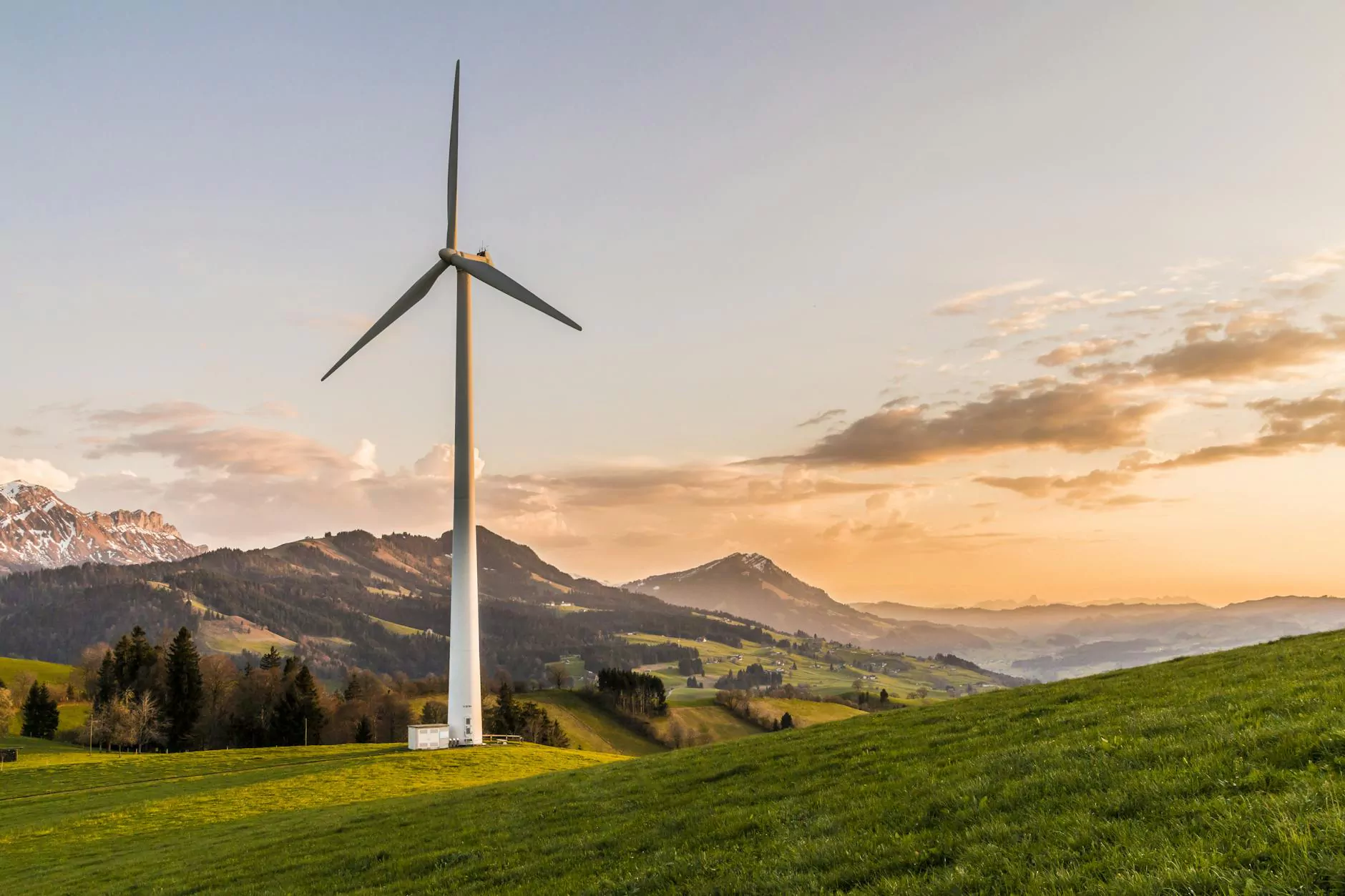Environmental Impact of Artificial Grass

Introduction
Artificial grass has become a popular choice for homeowners and businesses due to its low maintenance and aesthetic appeal. However, as with any product, it is essential to consider the environmental impact of artificial grass. In this article, we will explore the various aspects surrounding the use of artificial grass and delve into the potential effects it may have on the environment.
Understanding the Environmental Impact
When evaluating the environmental impact of artificial grass, we must consider several factors, including resource consumption, waste production, water usage, and chemical exposure. By examining these aspects, we can gain a comprehensive understanding of its effects on our surroundings.
Resource Consumption
Artificial grass requires the use of synthetic materials, such as nylon, polyethylene, and polypropylene, that are derived from non-renewable resources. The manufacturing process consumes energy and releases greenhouse gases into the atmosphere. However, it's worth noting that many artificial grass manufacturers strive to minimize their carbon footprint by utilizing recycled materials and implementing sustainable manufacturing practices.
Waste Production
Over time, artificial grass may require replacement due to wear and tear. Disposing of old artificial grass poses a challenge as it is not easily recyclable. Proper disposal measures must be taken to prevent it from ending up in landfills, where it can contribute to environmental degradation. However, advancements in recycling technology are gradually making it easier to recycle artificial grass, thus reducing waste production.
Water Usage
One of the significant advantages of artificial grass is its reduced water requirements compared to natural grass. Natural lawns demand constant watering, leading to significant water consumption, especially in arid regions. By replacing natural grass with artificial alternatives, we can conserve water resources and alleviate the strain on local water supplies.
Chemical Exposure
Pesticides and fertilizers are commonly used on natural lawns to maintain their lush appearance and control pests. These chemicals can seep into the soil and find their way into water bodies, posing a risk to wildlife and ecosystems. Artificial grass eliminates the need for such chemicals, offering a safer alternative that reduces chemical exposure and potential contamination.
The Benefits of Artificial Grass
While we have explored the potential environmental concerns, it is essential to recognize the benefits that artificial grass brings to the table.
Low Maintenance
Unlike natural grass, artificial grass requires minimal maintenance. It doesn't need mowing, watering, or application of pesticides and fertilizers. This not only saves time and effort but also reduces the dependency on harmful chemicals, making it an environmentally friendly option.
Durability and Longevity
Artificial grass is designed to withstand heavy foot traffic, extreme weather conditions, and constant use. With proper installation and regular maintenance, it can last for several years, significantly reducing the need for replacement. This durability translates into less waste and a more sustainable choice in the long run.
Year-Round Greenery
One of the primary advantages of artificial grass is its ability to provide lush greenery all year round, regardless of the climate. It remains vibrant and aesthetically pleasing even in harsh weather conditions, adding beauty to landscapes and outdoor spaces without the need for excessive water usage or maintenance.
Considerations for a Greener Approach
While artificial grass offers undeniable benefits, it is crucial to adopt a greener approach towards its installation and maintenance.
Choose Eco-Friendly Materials
When selecting artificial grass, opt for products made from recycled materials. Many manufacturers now offer eco-friendly options that reduce resource consumption and minimize environmental impact. Additionally, consider suppliers who prioritize sustainable manufacturing practices to further support a greener approach.
Proper Installation and Maintenance
To maximize the environmental benefits of artificial grass, ensure proper installation techniques that promote water drainage and prevent wastage. Adequate maintenance, such as regular cleaning to prevent debris accumulation, also helps extend its lifespan, reducing the need for premature replacement.
Consider Local Regulations
Before installing artificial grass, familiarize yourself with local regulations and guidelines. Some regions may have specific requirements regarding materials, installation techniques, or water usage. Adhering to these regulations ensures compliance and helps protect the environment.
Conclusion
The environmental impact of artificial grass is a multifaceted topic that requires careful consideration. While it is crucial to acknowledge the resource consumption, waste production, and potential chemical exposure associated with artificial grass, it is equally important to recognize its numerous benefits.
By opting for eco-friendly materials, properly installing and maintaining artificial grass, and adhering to local regulations, we can minimize its environmental impact and enjoy the advantages it brings. With sustainability and conscious decision-making, we can create greener outdoor spaces without compromising on aesthetics or functionality.
At BestArtificialGrassDeals.com, we strive to offer top-quality artificial grass products that meet stringent environmental standards. Explore our extensive collection and make an informed choice for your home, garden, and outdoor gear needs.









